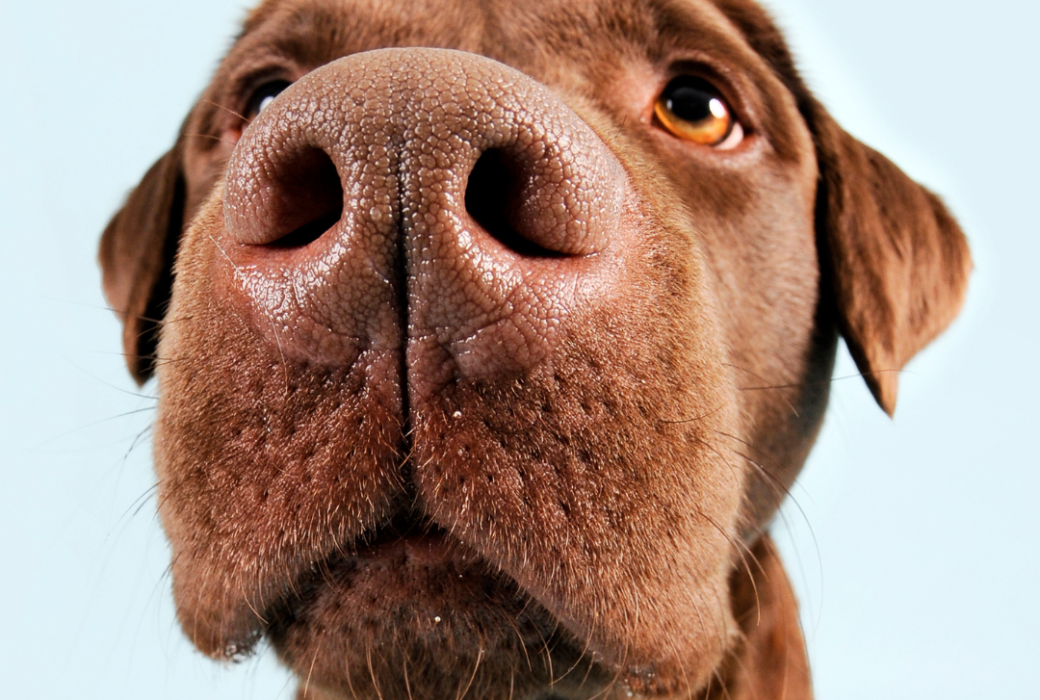When we think about dogs, certain characteristics come to mind: their loyalty, playful nature, and their keen sense of smell. Among their exceptional features, the dog’s nose is undoubtedly a standout. A dog’s sense of smell is not only incredibly powerful but also a key component of their identity and daily interactions with the world.
In this blog, we’ll dive into the world of dog noses and uncover some fascinating facts that will leave you in awe of these furry friends.
- Super Sensory Perception
Dogs possess an olfactory system that is nothing short of extraordinary. With around 300 million olfactory receptors, compared to our mere 6 million, their sense of smell is approximately 10,000 to 100,000 times more powerful than ours. This incredible ability allows them to detect and differentiate a wide range of scents with astonishing precision.
- Unique Nose Prints
Just as humans have unique fingerprints, dogs have individual nose prints. The patterns and ridges on a dog’s nose are distinctive to each dog, making it possible to identify them based on their nose prints alone. In fact, some organizations have started using nose prints as a form of identification for dogs.
- Cooling Mechanism
Have you ever wondered why a dog’s nose is often wet? It serves a practical purpose. Dogs don’t sweat like humans do; instead, they regulate their body temperature through panting and cooling their nasal passages. The moisture on their nose helps to facilitate this cooling process.
- Scent Discrimination
Dogs have an extraordinary ability to discriminate between different scents. They can separate and identify specific smells even in a complex environment with multiple odors present. This skill is the reason why dogs are employed in various fields, including search and rescue, bomb detection, and tracking.
- Sniffing Secrets
When a dog sniffs the ground or an object, it’s not merely a casual investigation. They have a specialized sniffing technique called “olfactory slits.” By exhaling air in a specific way, dogs can capture more scents and analyze them more effectively. This technique helps them gather as much information as possible from a given scent.
- Nose Moisture
The wetness of a dog’s nose isn’t just for temperature regulation; it also aids in enhancing their sense of smell. The thin layer of mucus on their nose helps to capture scent particles from the air, ensuring that they reach the olfactory receptors in the nasal cavity, where they can be analyzed.
The dog’s nose is truly a marvel of nature, with its incredible sensory capabilities and unique characteristics. From their exceptional sense of smell to their individual nose prints, these facts about dog noses highlight the remarkable abilities and intricacies of our four-legged friends. The next time you see a dog happily sniffing its surroundings, take a moment to appreciate the extraordinary world that lies within its nose.

